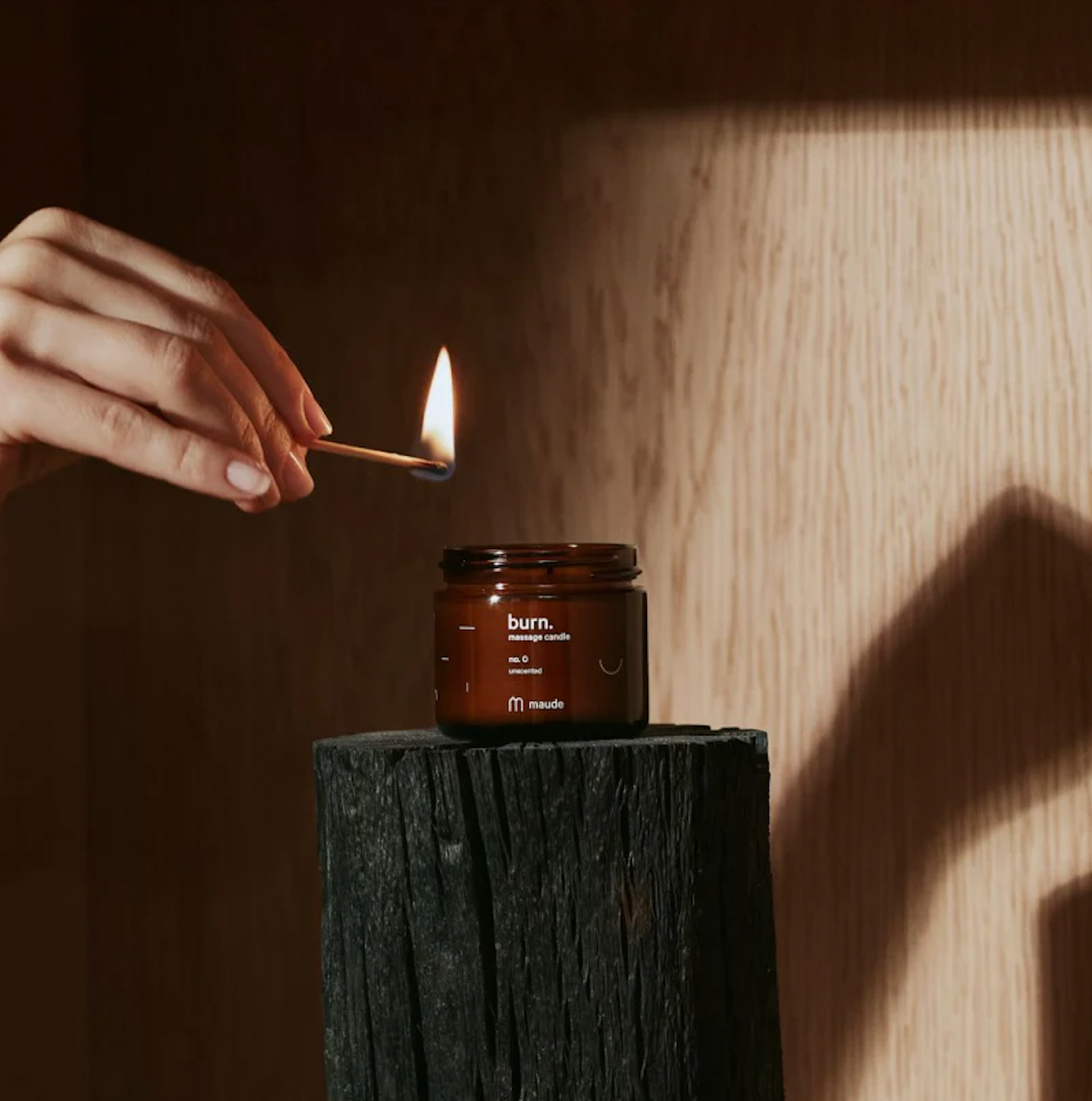Even before they became American Fiction’s leading ladies on the big screen, Issa Rae, Tracee Ellis Ross and Erika Alexander were queens of the small screen who gave Black women just what we needed. As they play the leads of the film –American Fiction, we see Tracee Ellis Ross, Issa Rae and Erika Alexander as we’ve likely never seen them before. For the three women—each one with a prolific comedic career—it’s easy, almost expected, to think you’ve seen the breadth of their work on screen; but think again.
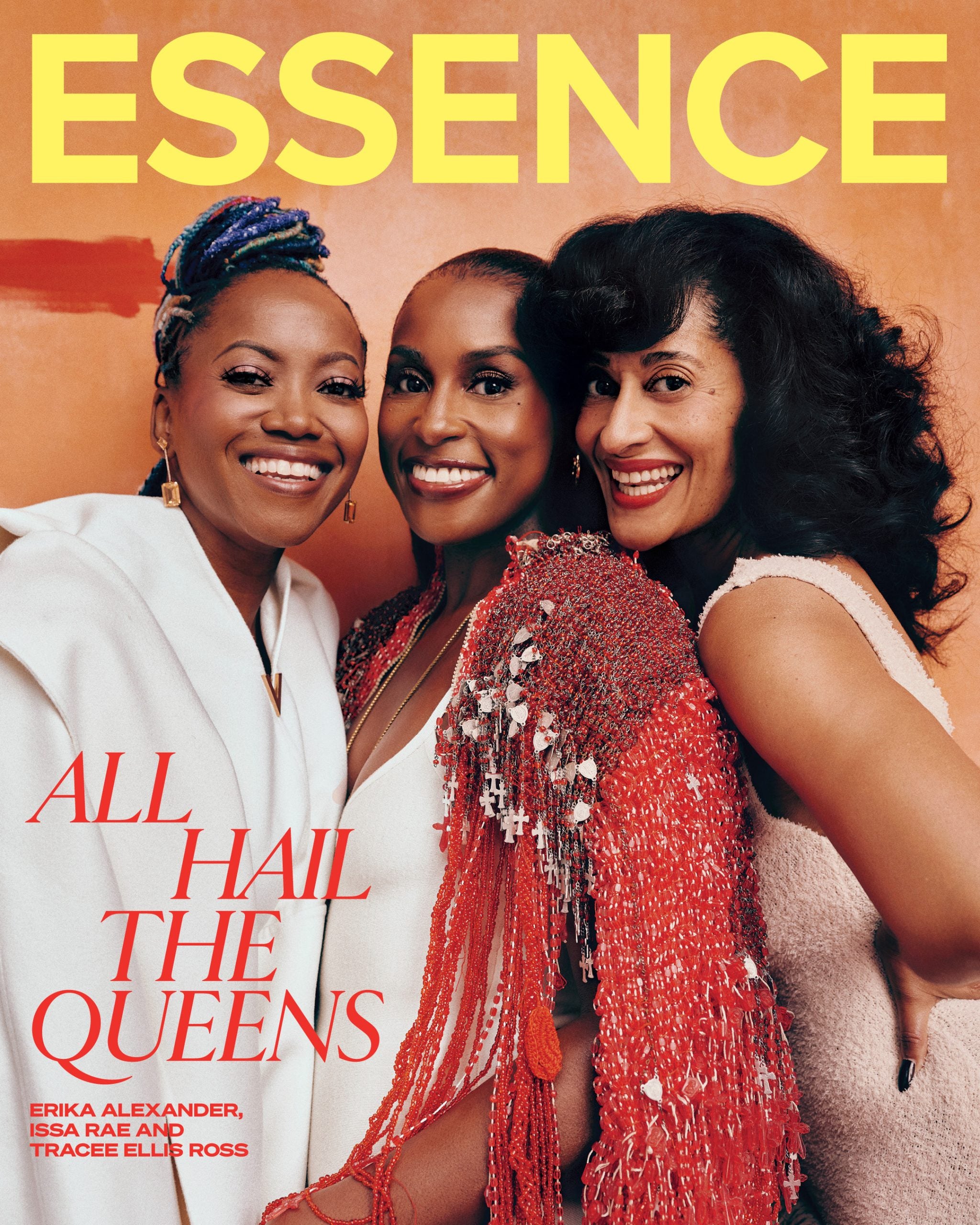
Raw, emotional, complex and uncomfortably relatable, American Fiction, which opened in select theaters on December 15 and theaters everywhere in January, is a story of America in all of its dysfunction. The movie’s protagonist, Thelonious “Monk” Ellison—played by Jeffrey Wright—is a frustrated novelist who’s fed up with White America profiting from Black trauma. The heart of the film grapples with Black family dynamics; “selling out”—or selling in—for White America; having to accept our parents as people rather than just parents; individuals conforming due to racism or homophobia; and so much more. Based on the 2001 novel Erasure, by Percival Everett, the film is directed by Cord Jefferson, who makes his feature debut. It confronts our culture’s obsession with reducing: reducing Black voices, reducing ourselves to conform, reducing our desires to benefit our loved ones. Yet there’s power in transforming our reduced circumstances by reclaiming our -personal truths.
Ross, Rae and Alexander each break new creative ground in the film. We see Ross as Lisa, Ellison’s sister, a Planned Parenthood abortion physician (it’s important to her that you know that, specifically) who is all things to all the people in her life—much like many Black women. Caregiving for the siblings’ sick mother (played by the brilliant Leslie Uggams), Lisa is also hardened by heartbreak in the wake of her divorce.
“I think the three of us are people who’ve made choices in our careers, and have played roles in our careers, where we do have a whole life and a whole story,” says Ross. “It is not easy as an actress—as a woman and as a Black actress—to find roles where you are not written in the context of something else—where your identity is not because of something, or you’re just the setup for someone else, or you establish something and then you’re gone, and just used in that way. And what Cord Jefferson did in these split seconds, in these moments that we appear on the screen, is ensure that we are whole people. And it was on the page—and I think it’s why we were drawn to the script, because that is a spectacular thing, and it’s rare.”
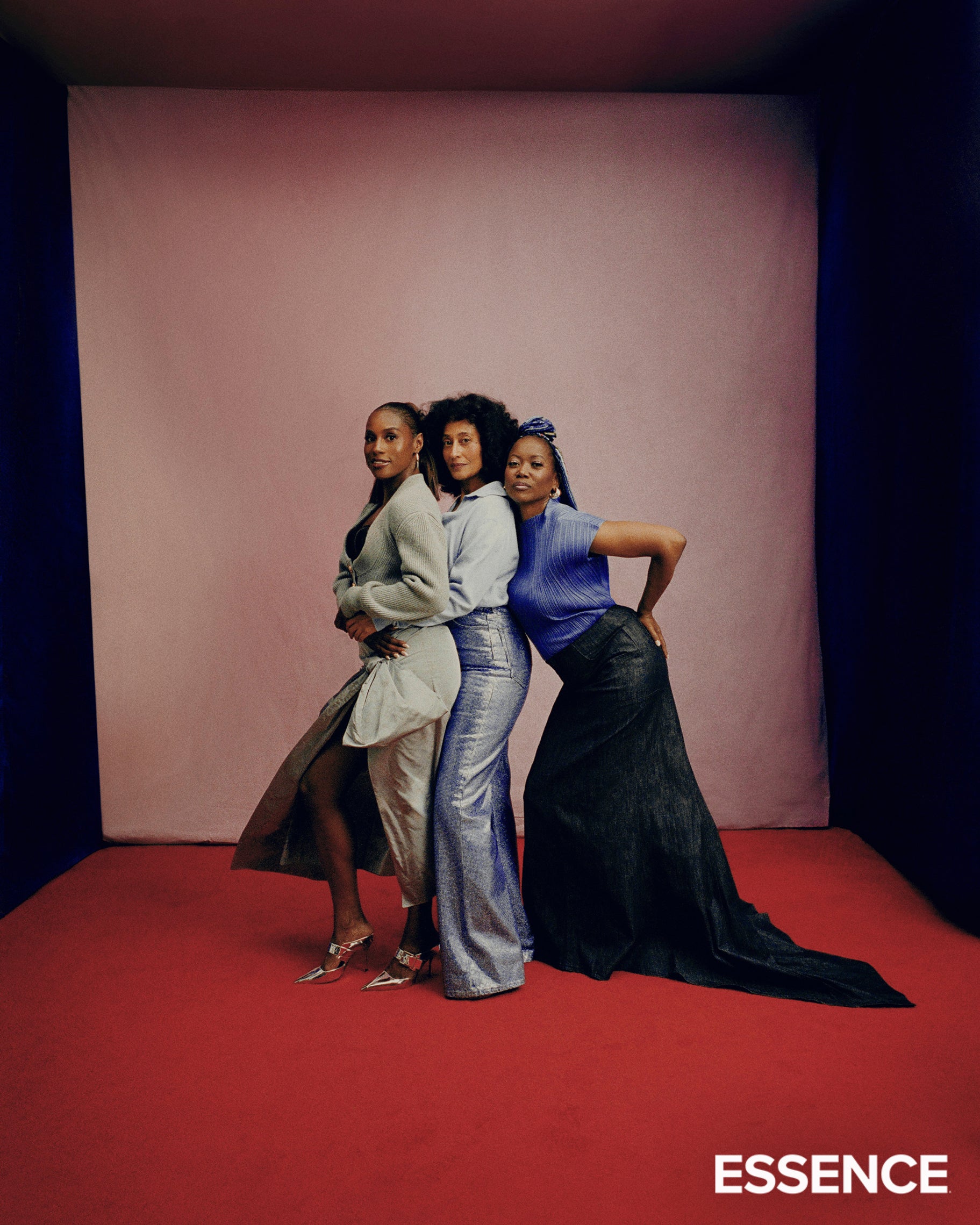
Rae plays an author seemingly monetizing Blackness for White consumption. “She saw the games being played,” she says of her character. “She knows that she’s an excellent writer, and she was like, f*ck it, I’ll play the game, too. And I think that so much of being a Black woman is sometimes like that—like, ‘You’re going to try to play me, but I will overcome, and I’ll play the game better.’ And I honestly love that part of it.”
Alexander, on the other hand, calls upon a softer touch. She plays Coraline, Monk’s love interest, turning in a performance that holds lessons in sacrifice and settling. “I just keep hearing messages of survival,” she says about the roles the women play in the film. “Black women do a lot to thrive, but first they have to survive. They have to survive society’s expectations, and then their own ambition—because obviously you’re looking at three very accomplished women in this film. That’s what Cord did.”
Beyond its powerful and satirical storytelling, what makes this film even more iconic is how Ross, Rae and Alexander are symbolic representations of Black sisterhood. Their mega-hits Girlfriends, Insecure and Living Single continue to influence us—and to illustrate how Black womanhood is conceptualized, showcased and observed. It wasn’t until shooting this ESSENCE cover that the trio even realized how their roles and presence in this film intersect with the reasons why a magazine like ours exists. Each represents an iconic character in a show that embodies the full identity of Black sisterhood—a goal that this magazine also strives to accomplish. So it’s only right to give these women their flowers —and for an issue focusing on our love, no less, because Black sisterhood is Black love. This issue is dedicated to the woman who understands the unique burdens of our birthright—but also acts as a balm for the troubles of this world.
On the set of the cover shoot, the energy is almost palpable. Each actress holds a tremendous level of admiration for the others, and they have an almost giddy joy at the opportunity to work together. “This is so epic,” Alexander says simply.
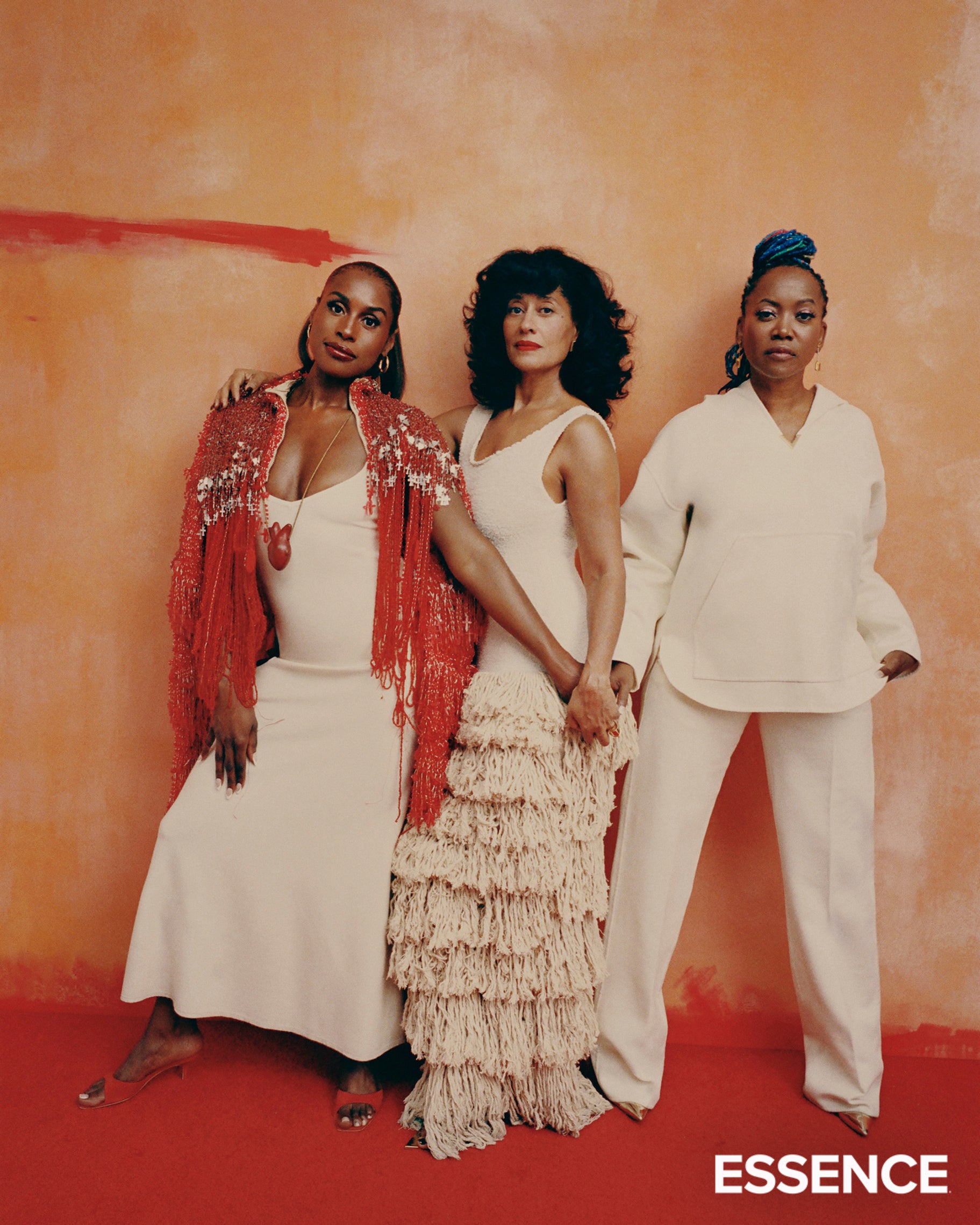
Maxine Shaw. Joan Clayton. Issa Dee. We know their TV characters’ names as if they run in our own sister circles. Indeed, for many of us—in an era when loneliness and solitude are becoming increasingly prominent aspects of our experience—these women have been some of our first “girlfriends.” They were honest about our insecurities, even as they made living single look like a damn good time. In the words of author Toni Morrison, “Black women have always been friends. I mean, if you didn’t have each other, you had nothing.”In a nineties kind of world, Living Single, created by Yvette Lee Bowser, made us glad we had our girls. The blueprint for future ensemble-comedy shows like Friends, it centered around six singles living and loving in Brooklyn. The show, which debuted more than 30 years ago—on August 22, 1993, to be exact—helped set the tone for the representation of Black women on the small screen, in TV’s golden era of Blackness. Then came our Girlfriends—with Tracee Ellis Ross playing Joan Carol Clayton, a successful Black attorney and the glue holding her girlfriends together. The Mara Brock Akil–created show was nuanced. It showed our flaws, and it showed the diversity of our sister-girl groups. It was Living Single but more grown up.
“I don’t think I realized, while I was playing Joan, that for eight years I was speaking the dialogue of a woman who was waiting to be chosen,” says Ross, “which is one of the reasons that publicly I speak so clearly, and all the time, about that not being a choice for me, and to sort of break that mold. Because I don’t want young girls—or boys, but [especially] young girls—to be taught to grow up dreaming of their wedding. I want young girls to grow up dreaming of their lives—who they want to be and what they want to give to the world.”
More than two decades later, these shows ushered in a new generation of sisterhood with Issa Rae’s Insecure. The show was realistic and relatable. It sparked debates. It explored—dare we say it—toxicity in our relationships and our friend groups. Viewers were glued to their phones each week, live-Tweeting and sharing their opinions. And now, with each of these shows on streaming platforms like Netflix and Hulu, we can revisit and relive some of our favorite moments with these beloved characters.
There are certainly other shows that allow us to peek behind the veil of Black sisterhood. A Different World -showcased the bonds of college friendships in the early nineties, for example, while modern-day shows like Run The World and Harlem show us how groups of friends can take on love, life and career in New York City.
Undeniably, however, there was something special about Living Single, Girlfriends and Insecure. They were the master class; a love letter, if you will. From the breakdowns to the breakthroughs in Black Hollywood, there’s an invisible thread that connects Alexander, Ross and Rae, whether they knew it before the ESSENCE shoot or not. And as Black women in the entertainment business, they share unique experiences through the perspectives of their former TV characters—women we’ve grown up with, from our trying twenties to our fabulous fifties and beyond.
“I’ve lived long enough to see grown women come up to me and say that the character of Maxine Shaw meant something to them,” says Alexander. “And they went out into leadership. They went into politics. They pursued tough careers. People like -Stacey Abrams, Ayanna Pressley. It’s amazing. So I give that back, as something that someone put into me—and for that brief period, I’m able to tap into that and put it out in the world. And thank goodness for all the people who came along and provided those opportunities to express those bonds of sisterhood.”
Issa Rae feels similarly. She says the Insecure series “changed my life.” “I played a character who was a younger version of myself, or so I thought,” she explains, “and I didn’t recognize that I still exhibited those insecure traits, the lack of confidence in some areas. Ironically, doing this show made me so confident. Playing this character who was uncertain of herself, similar to you, is just like—I am very much not that anymore, and I am very sure of myself and what I’m doing. I’m sure of myself behind the scenes. It taught me a lot of lessons that I put into place in my real life. So I thank her for shining light on my strength.”Ross appears to be deep in thought as Alexander and Rae share their truths. “I’m taking in all the beautiful stuff,” she states. Indeed, Black sisterhood is beautiful. Even more so is the growth and appreciation of each other, both on and off the screen, that the three actresses shared long before their latest film project.
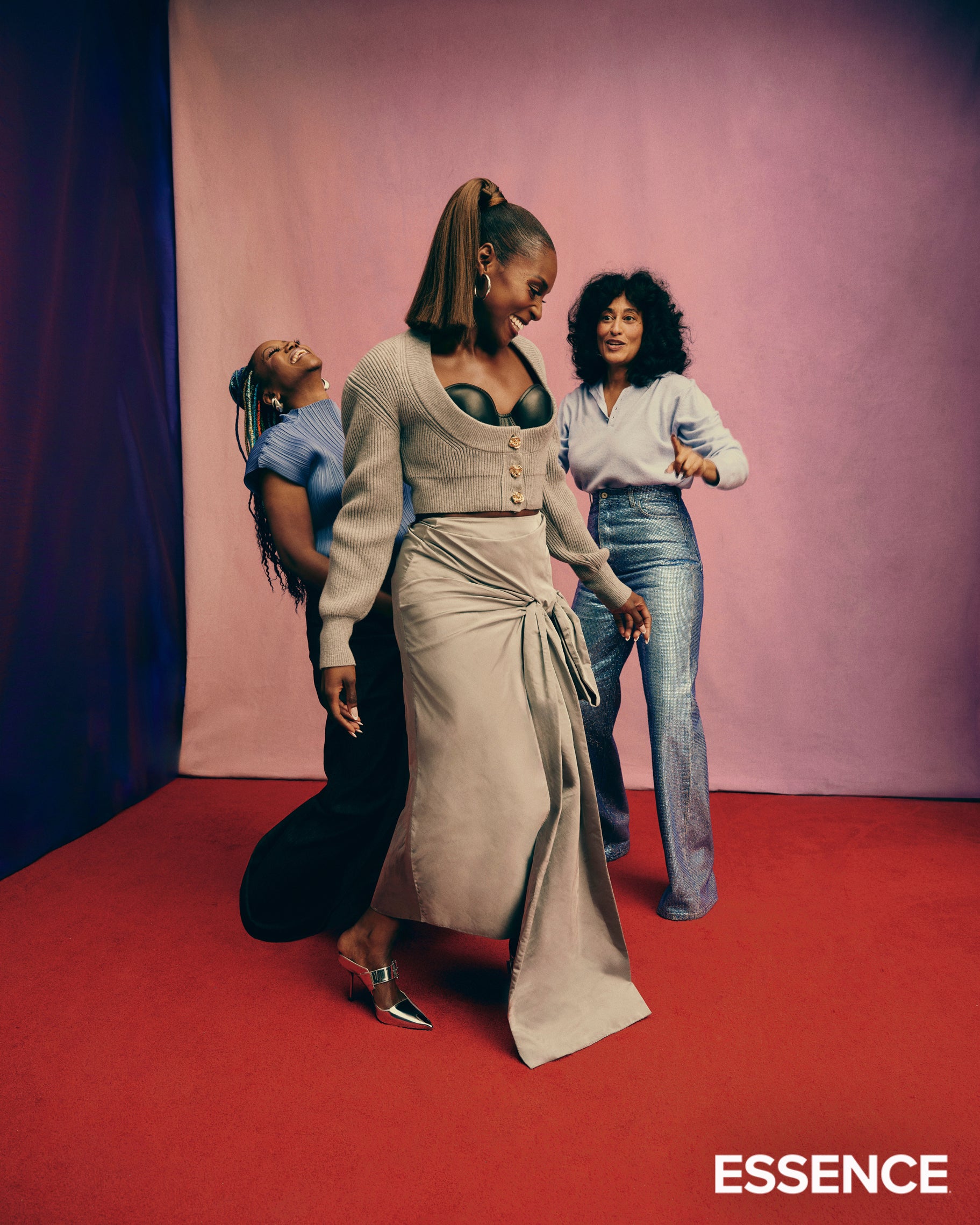
Maxine, Joan and Issa have grown into Coraline, Lisa and Sintara (though, to be clear, we’ll never stop referring to them by their now-iconic small-screen names). American Fiction is the actress’s new playground, and their performances reflect how each of their respective TV shows have brought them to this moment and helped them forge an unbreakable bond.With Alexander, Ross and Rae as leading ladies, this film is more than just another tale of the threads that connect Black women’s sisterhood. In the Black American tradition of truth telling, it’s a masterpiece.
PRODUCTION CREDITS:
Creative Movement Director: Stephen Galloway at The Collective Shift
Erika’s Hair & Makeup: Fred4Face using Fashion Fair
Erika’s NRAY Locs: Debra Hare-Bey
Issa’s Hair: Felicia Leatherwood using Sienna
Naturals & Felicia Leatherwood Detangler Brush
Issa’s Makeup: Joanna Simkin using Patrick Ta Beauty at The Wall Group
Tracee’s Hair: Marcia Hamilton using Pattern Beauty at Forward Artists
Tracee’s Makeup: Molly Greenwald using Retrouvé Skincare & Pat McGrath Complexion at A-Frame Agency
Nails: Yoko Sakakura using Presto and Airgel at A-Frame Agency
Nail Assistants: Amber Studer & Sayo Sangalang
Photo Assistants: Sam Rivera, Cory Hackbarth & DeMarquis McDaniels
Set Design: Bette Adams at MHS Artists
Set Design Assistants: Kylea Meredith, Graham Law, Nicky Buzzerio & M Czerwinski
Photo Assistants: Sam Rivera, Cory Hackbarth & DeMarquis McDaniels
Digitech: Blake Mohr
Styling Assistants: Oreolu Zaccheus & Annisah Medinah
Tailor: Shirlee Idzakovich
Tailor Assistant: Ivy Idzakovich
Retouching: picturehouse + thesmalldarkroom
Production Manager: Kendoysa Pratt
Production Assistants: Frankie Benkovic, Jordan Mack, Jai Wilson, Melani Jessie & Jessica Nixon
Shot at NYA Studios
FASHION CREDITS, spread 1:

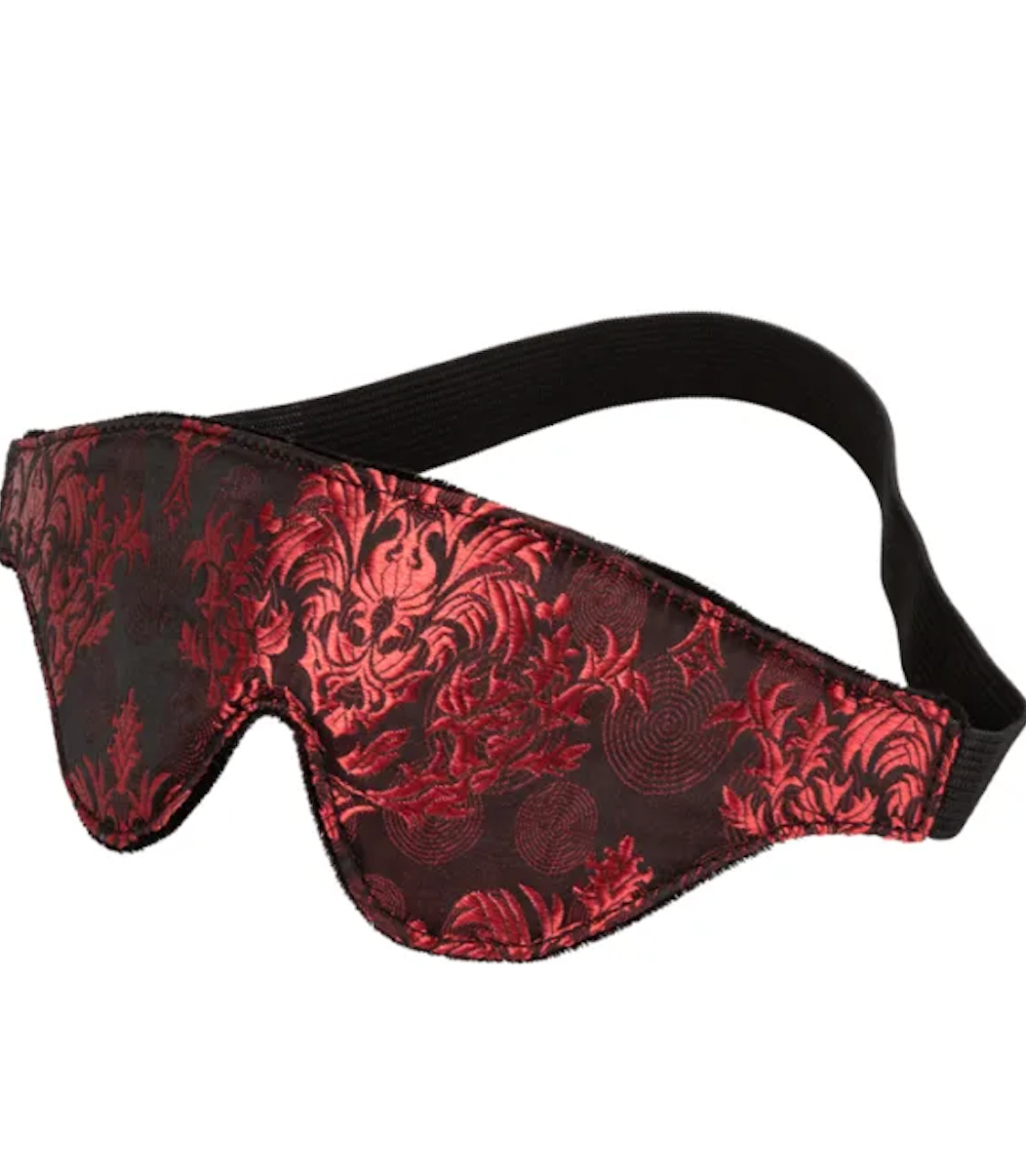
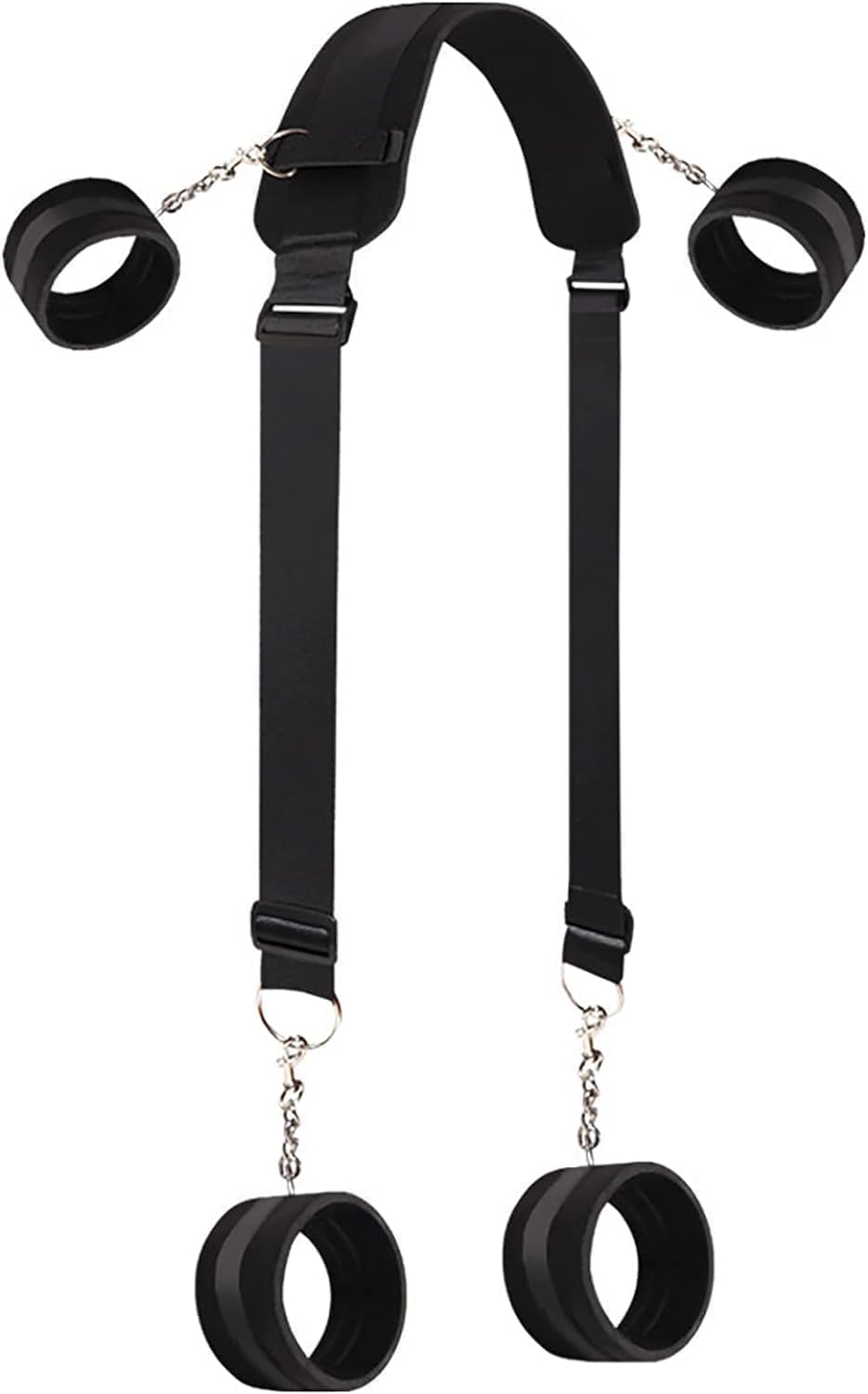
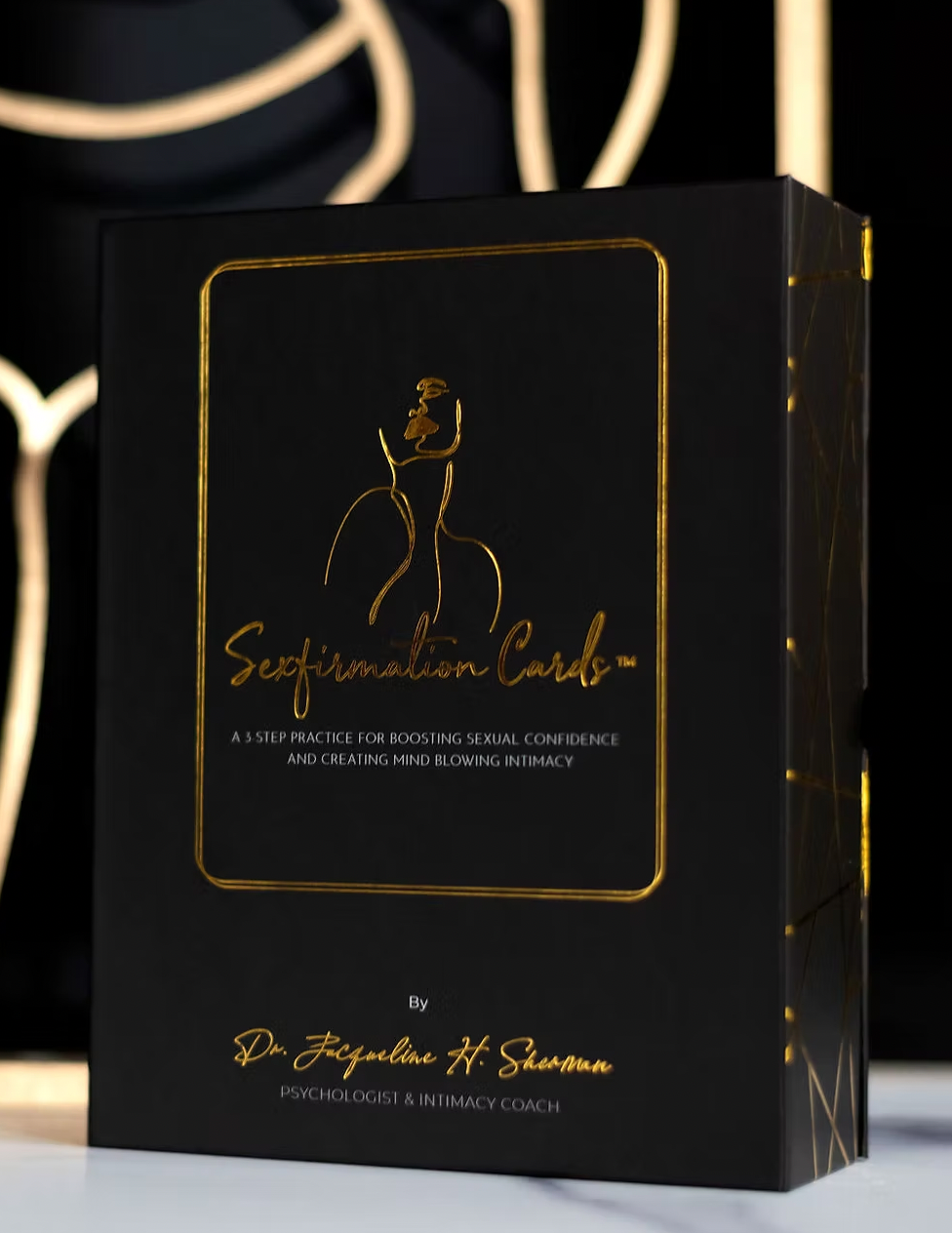



Issa Rae wears Cedric Mizero jacket, Gabriela Hearst dress, Diotima jewelry, Chanel earrings, Brother Vellies pumps; Tracee Ellis Ross wears Kìléntár clothing, Vhernier jewelry; Erika Alexander wears Valentino clothing, Mateo jewelry, Paris Texas boots.
Spread 2: Erika wears Norma Kamali top, Levi’s jeans, Patricia Von Musulin jewelry; Tracee wears Nappy Head Club T-shirt, Levi’s jeans, Patricia Von Musulin earrings, Mounser bracelets; Issa wears Chanel clothing and jewelry.
Spread 3: Erika wears Issey Miyake top, Bed on Water skirt, Mounser earrings; Issa wears Alexander McQueen clothing and shoes, Admiral Row earrings; Tracee wears Loewe clothing, Patricia Von Musulin earrings, Vhernier ring.
